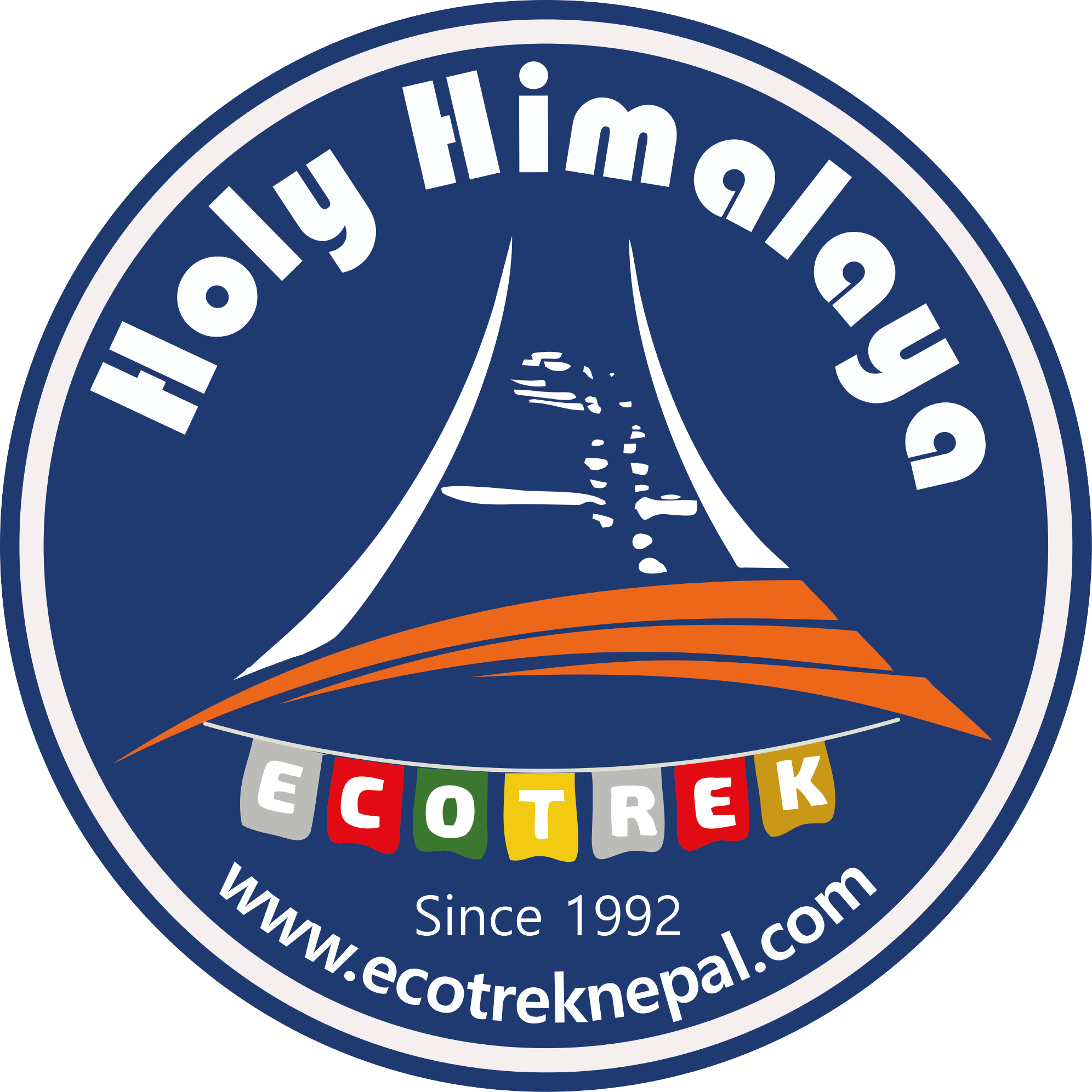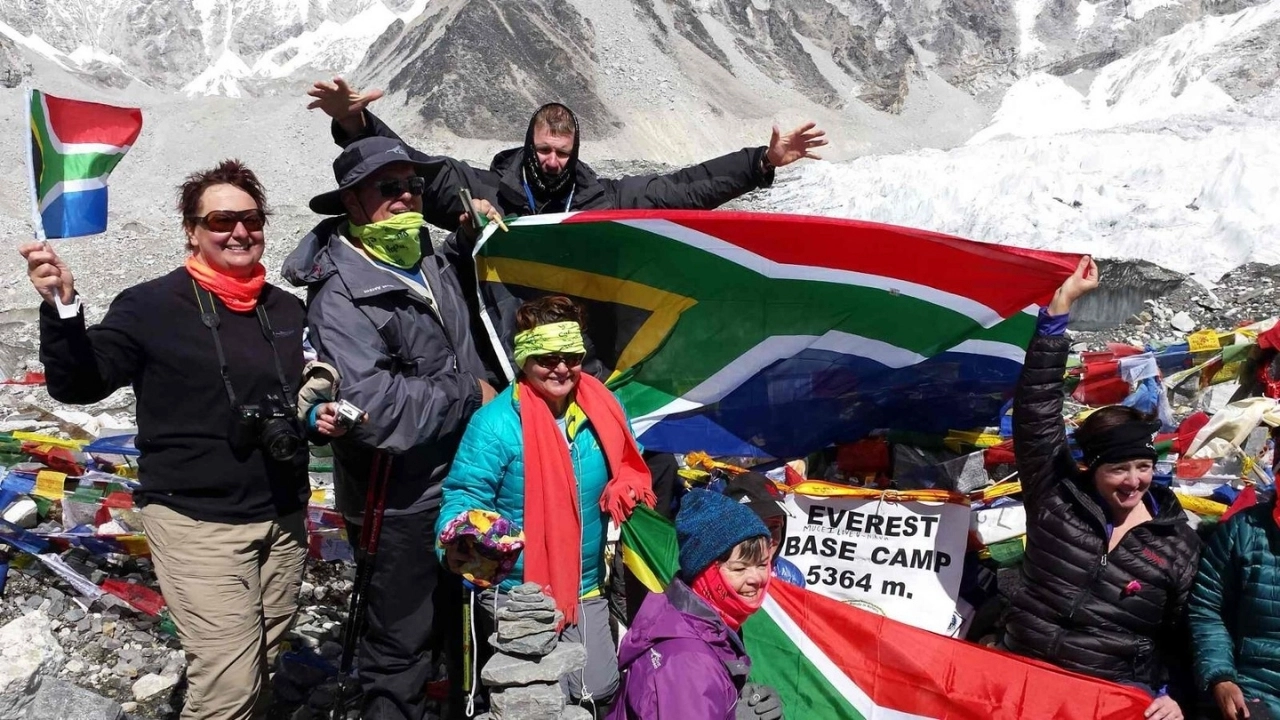
Upper Mustang Trek
Tour snapshot
22 Days
2 persons
Nepal
Trekking in Nepal
Overview
Nestled among the high peaks of the Himalayas, there exists a pocket of land that had barely been touched by the outer world until recent times. This section, called the Jomsom-Mustang area in the high Himalayas, retains many ancient treasures in its 16th-century monasteries as if time stood still for an unadulterated view of Tibetan culture.
The Upper Mustang region, with its breathtaking scenery and rich cultural heritage, is a testament to the resilience of its people and the beauty of its landscape. Known as the Buddhist Kingdom of Mustang, or Lo, this area is situated in the rain shadow of the Himalayas, shielded by the towering Dhaulagiri and Annapurna massifs.
A trek into Upper Mustang is a journey back in time, where ancient monasteries and royal palaces punctuate the landscape, each with a story to tell of centuries gone by. It follows the ancient trading route along the Kali Gandaki River and offers peeks into the active culture and traditions of the area.
From the dry, desert-like plateau of Tibet, it drastically shifts to lush hills near Pokhara for a perfect contrast that offers thrilling trekking experiences. Great, breathtaking views of the path start unfolding one after another from the gigantic peaks of Mount Dhaulagiri, Nilgiri, and several other towering Himalayas.
But that is not all that makes Upper Mustang special, for it is also home to many people who are native to this part of the world. This has a combination of the local culture and nature, thus offering different ecosystems of flora and fauna that add to the region's appeal.
This trek route of the Upper Mustang offers a chance for both the thrill-seeker and one who wants to immerse themselves in culture. Whether one takes in ancient monasteries, treks over craggy terrain, or simply stares out at awing vistas, this little gem amidst the Himalayas will leave marks on anyone visiting here.
Highlights
- Explore ancient 16th-century monasteries frozen in time.
- Immerse yourself in the Tibetan culture of the Buddhist Kingdom of Mustang.
- Trek through a rain-shadow region behind the towering Dhaulagiri and Annapurna massifs.
- Witness breathtaking landscapes, from desert-like terrain to lush Himalayan peaks.
- Follow the historic trading route along the scenic Kali Gandaki River.
- Get up close and personal with Mount Dhaulagiri and Nilgiri, among other majestic peaks.
- Encounter diverse flora and fauna in a pristine natural setting.
- Experience the perfect blend of local culture and nature in this remote corner of the world.
Itinerary





















Included/Excluded
Service Fee Only, Explore Nepal Fully!
Select Dates
{{type.name}}
{{type.display_price}} per person
Guests
Extra prices:
- {{total_price_html}}
- {{pay_now_price_html}}
FAQs about Upper Mustang Trek

The Upper Mustang region enjoys its best weather during the period between March and November. This period allows you to take thrilling tours and treks that offer breathtaking moments. The time of Mustang is perfect during these months, particularly in the fall. It is the best time for traveling to this region as it provides optimal conditions with memories to be kept forever using amazing views. Mark your calendar, and that is a window starting from March up to November of each year to explore every nook of Upper Mustang-one of a lifetime.

Accommodations: During the trek in Upper Mustang, you will have simple but nice lodges provided by local families. Your accommodation will have a shared area with a large wood stove. Bedrooms have two beds on the floor with mattresses, pillows, and blankets. You are kindly requested to bring a sleeping bag (3-season) and a pillow cover. The shower facilities for lodges are gas-operated; most of them have sit-down flushing toilets. Food includes Nepali/Tibetan and Western dishes, dal bhat is common. Sometimes, other items can be found along the trail.

To be able to trek in the Upper Mustang, international visitors require three permits, namely: Restricted Area Permit (RAP): It is a special permit that allows entrance into Upper Mustang. You cannot get it independently. You need to go through a registered trekking agency and have to apply for a minimum group of two persons. It is issued from the Department of Immigration in Kathmandu or Pokhara. Annapurna Conservation Area Permit (ACAP): This is a must since Upper Mustang lies in the Annapurna Conservation Area. You can get it from the Nepal Tourism Board office or the ACAP counter in Kathmandu or Pokhara. TIMS Card: This card ensures the safety of trekkers and monitors their movements. It's mandatory for ground exploration in Upper Mustang and can be availed from the Nepal Tourism Board or TIMS counters, except in cases of flying to and from Jomsom. HOLY HIMALAYA ECO TREK WILL PROVIDE ALL THE NECESSARY PERMITS FOR YOU!

In the areas where upper Mustang trekking happens, electricity is available until Chale and after Tsarang. However, towns like Samar, Ghiling, Syangboche, and Ghemi sometimes also have no proper supply or rely on backup solar for trekkers. Low-cost internet services are possible up to Kagbeni and Lo Manthang, while cellular reception will mostly be okay along the path on clear days. Mobile data services from Nepal Telecom are available up to 3G in some areas and 2G in others. Let's not forget, that the beauty of the High Himalayan Desert outweighs the need for the internet during your Upper Mustang trekking experience.

The Upper Mustang Trek is moderate, with the highest point at 4280m. Since you won't stay overnight above 4000m, the risk of high-altitude sickness is very low. A basic first aid kit with eye drops, a good dusk mask, and earplugs or cotton should suffice. However, it's wise to carry a small medical kit with altitude sickness tablets for safety.

The weather in Jomsom Airport is pretty unpredictable due to Himalayan conditions and high-speed winds. Usually, flights from Pokhara leave early in the morning to avoid strong winds. However, flight cancellations due to bad weather are quite common, especially during the monsoon. Options include hiring a jeep to Jomsom or Pokhara ($200–$400) or taking a chopper ($400–$700 per person).











